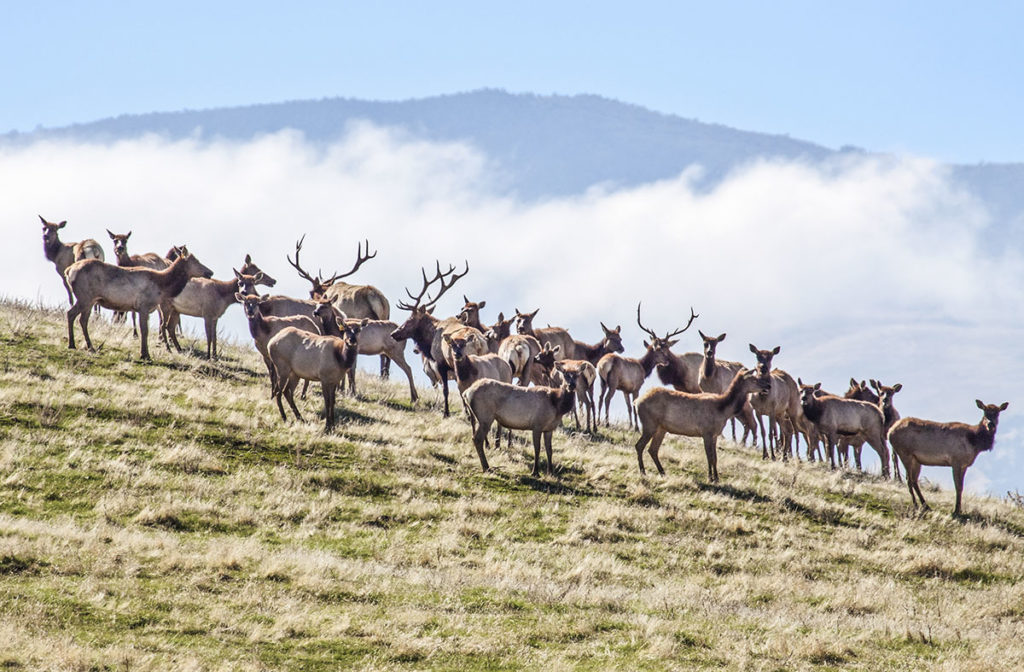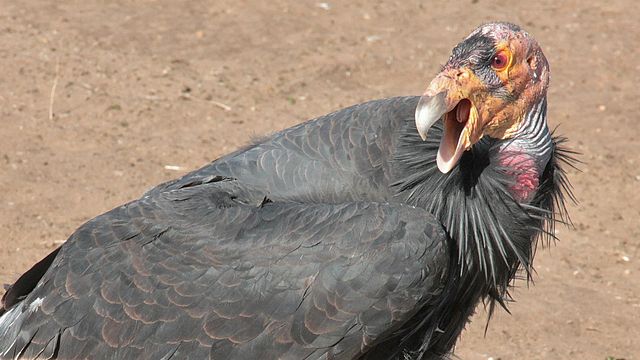
Speak out against the proposal here!
The U.S. Fish and Wildlife Service recently issued a proposal to reduce the boundary of the Bitter Creek National Wildlife Refuge by approximately 26%. The reduction aims to appease a private landowner in the area.
Every national wildlife refuge (as well as national forests and other federal land designations) has what is known as an acquisition or purchasing boundary. This is the outermost limit of the refuge, and within it can be a mix of federal land managed as part of the refuge itself as well as private land that is not managed as part of the refuge. Private properties within acquisition boundaries are known as inholdings.
Any private land within the national wildlife refuge’s acquisition boundary can be acquired by the Fish and Wildlife Service to be managed as part of the refuge, but only if the private landowner is willing to sell or exchange the land. This is not a situation of eminent domain—the agency cannot force a private landowner to give up their property to the refuge.
One way to think about acquisition boundaries: they represent the ideal national wildlife refuge or other public lands. These boundaries are generally drawn based on topographical and biological characteristics rather than political boundaries. In a perfect world, all of the land within an acquisition boundary would be conserved and managed as part of the land designation.
As it currently stands, the Bitter Creek National Wildlife Refuge’s acquisition boundary encompasses 23,572 acres of land, 14,097 acres of which are federally owned and managed as part of the refuge. Approximately 6,200 acres of private land within the acquisition boundary is owned by a single ranching family. According to agency personnel, this all started during the Trump administration when the landowner made a request that their ranch be excluded from the already established acquisition boundary. The Interior Secretary overseeing the Fish and Wildlife Service at the time, Ryan Zinke, then promoted the boundary reduction which ultimately resulted in the agency’s proposal this year.

It is important to understand that whether or not the land is within the acquisition boundary has no real bearing on the value of the land or how it’s privately managed. It simply means that if the landowner ever wishes to sell or exchange the land, the Fish and Wildlife Service has the ability to acquire it and add it to the wildlife refuge. By excluding it from the acquisition boundary now, the agency is giving up this ability.
Of course, the landowner has stated that they will never sell their land—but never is a long time. The wildlife refuge will exist well beyond the current landowner and even the agency personnel currently managing the refuge. It is reasonable to assume that at some point in the future, possibly decades from now or more, a new landowner may wish to sell the property. If this proposal is approved, it will be difficult for the agency to acquire the land at that time. The entire effort lacks foresight to say the least.
To add insult to injury, changing the boundary will require the agency to construct 17.5 miles of new fencing in rugged and remote terrain, all at the cost of the taxpayer. Again, all of this is being done not for ecological reasons or for the good of the national wildlife refuge, but because a single landowner made an outlandish request to the previous administration.
We teamed up with the Center for Biological Diversity, Western Watersheds Project, and Defenders of Wildlife to push back on the proposal. You can read our joint comment letter here. But there is more work ahead. The Fish and Wildlife Service needs to hear from the public before they make their decision. We have set up an online comment portal so you can quickly and easily let the agency know how you feel.







Comments are closed.